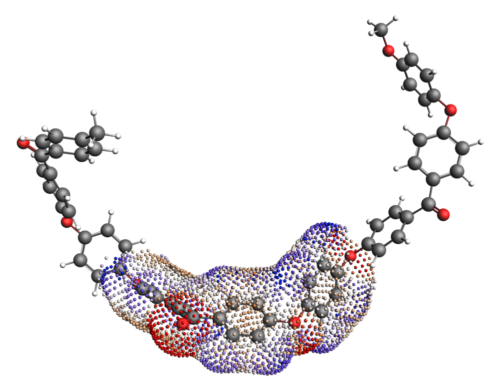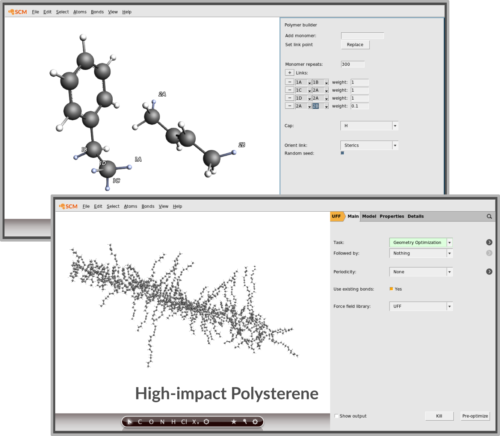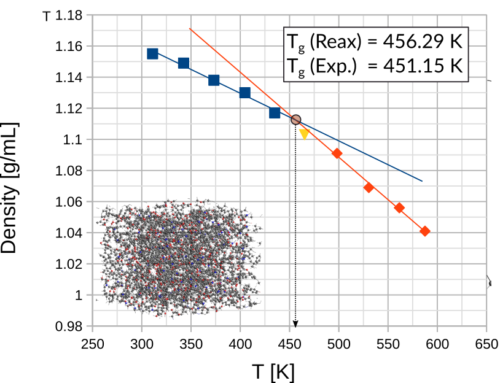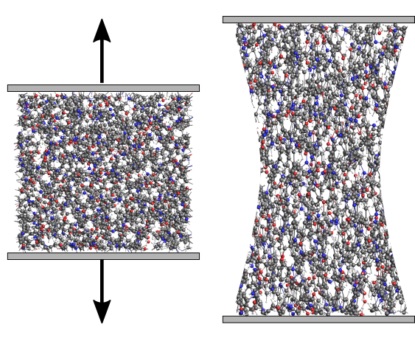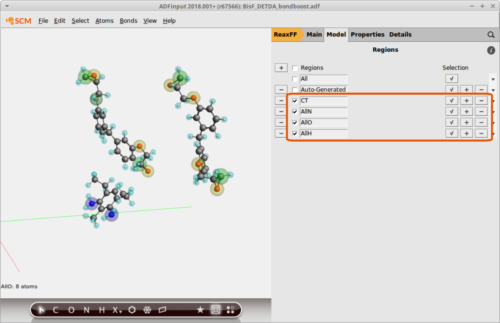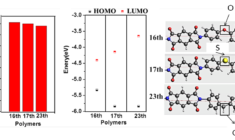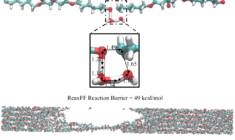Polymer modeling
The Amsterdam Modeling Suite offers powerful computational chemistry tools to advance your polymer research projects:
- Understand and predict polymer cross-linking and degradation mechanisms our ReaxFF tools
- Study mechanical stress/strain and failure mechanisms of polymers and composites with ReaxFF & DFTB
- Predict coefficients of thermal expansion and glass transition temperatures
- Calculate redox potentials to find the best corrosion inhibitors
- More efficiently find the best solvent mixture to dissolve your polymers, predict densities and other thermodynamic properties in solution COSMO-RS module
- Study and improve catalytic polymerization with our molecular and periodic DFT codes ADF & BAND
- Understand and predict opto-electronic properties
- Charge mobility (band structures, transfer integrals, NEGF)
- Optical properties (dielectric function, UV/VIS)
Curious to know what our software can do? Try out AMS yourself, or discuss your polymer research challenges with us. See also an overview presentation of AMS capabilities for polymer research and video demonstrations on polymer properties.
